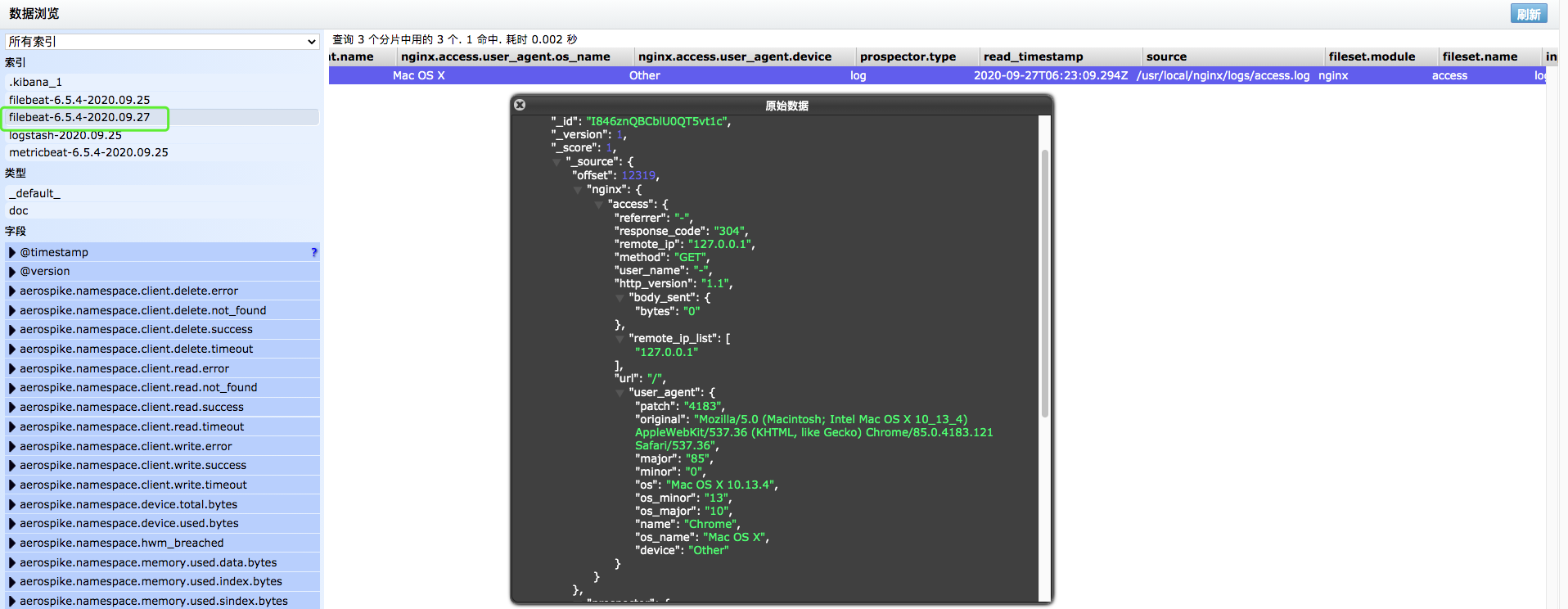

For example, Filebeat records the last successful line indexed in the registry, so in case of network issues or interruptions in transmissions, Filebeat will remember where it left off when re-establishing a connection. Written in Go and based on the Lumberjack protocol, Filebeat was designed to have a low memory footprint, handle large bulks of data, support encryption, and deal efficiently with back pressure.

Filebeat was originally most often used in tandem with Logstash – however recent developments have improved Filebeat’s log processing capabilities, making it an appropriate replacement for Logstash in some cases.

In an ELK-based logging pipeline, Filebeat plays the role of the logging agent-installed on the machine generating the log files, tailing them, and forwarding the data to either Logstash for more advanced processing or directly into Elasticsearch for indexing. Filebeat, as the name implies, ships log files.
#Filebeats sshd windows
Each beat is dedicated to shipping different types of information - Winlogbeat, for example, ships Windows event logs, Metricbeat ships host metrics, and so forth. What is Filebeat?įilebeat is a log shipper belonging to the Beats family - a group of lightweight shippers installed on hosts for shipping different kinds of data into the ELK Stack for analysis. We’ll also take a look at Logz.io’s Filebeat configuration Wizard, which simplifies implementation. This Filebeat tutorial seeks to give those getting started with it the tools and knowledge they need to install, configure and run it to ship data into the other components in the ELK stack.


 0 kommentar(er)
0 kommentar(er)
